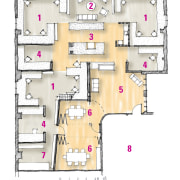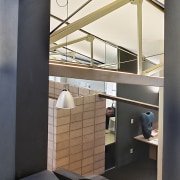IDEAS DIRECT
For this architectural firm, a move to a former print factory was an opportunity to show how a flexible working space could operate
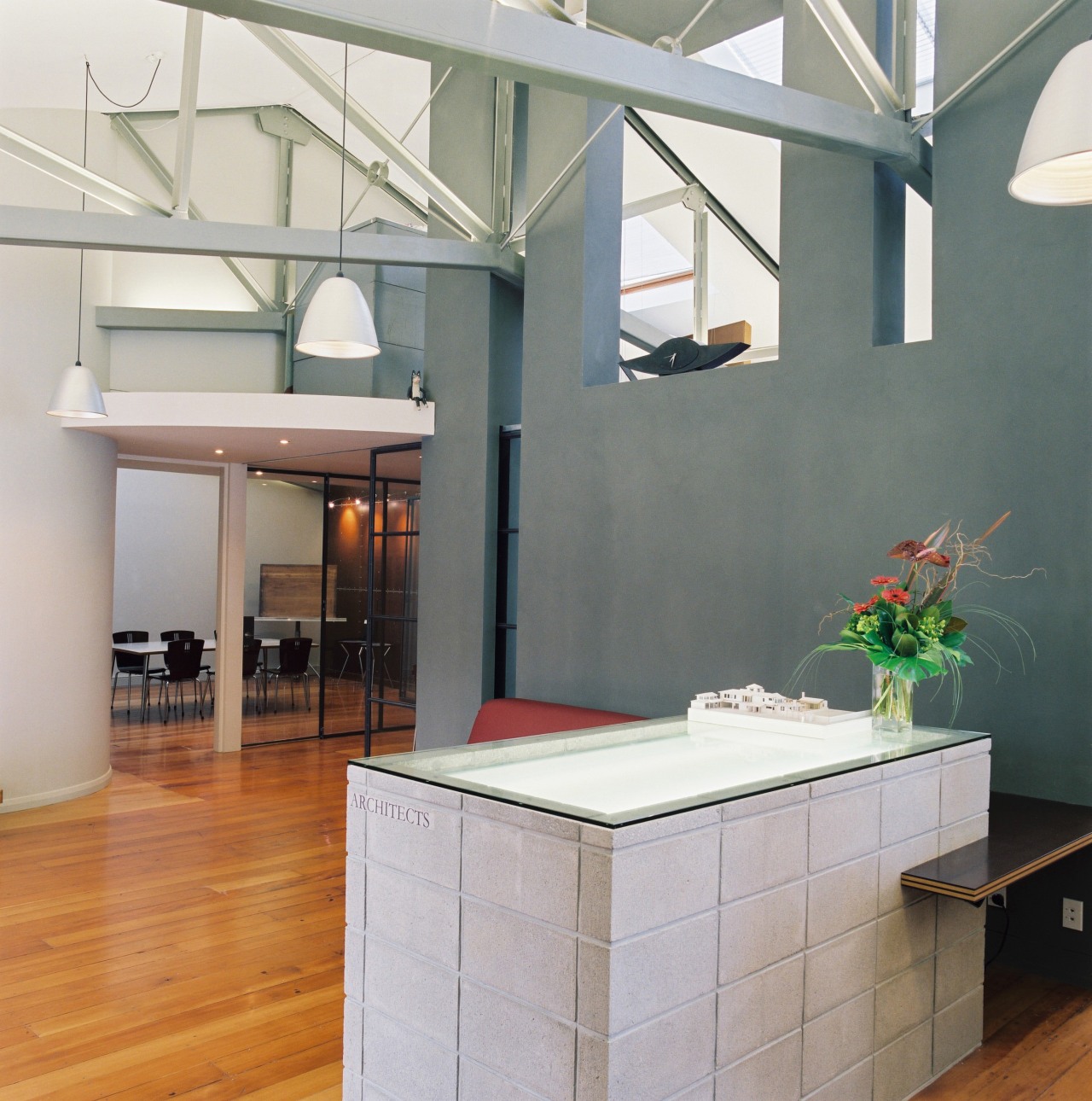
Within the design sector, office spaces can sayas much about the creative team as the portfolio or the people and clients are among the keenest observers of their design team's own offices.
The architects at Pynenburg and Collins were well aware of clients' expectations when the search for new office space began, says director Tim Burns.
"Our old offices were cramped and a little tired. We wanted a space that could appeal to staff and visitors, convey a confident and assured persona, and be flexible enough for long-term changes," he says.
"When we first saw the space, it was heavily partitioned, with many cellular spaces you needed a floor plan to find your way around. But it had a lot of height, plenty of natural daylight through skylights and south-facing windows, and exposed roof trusses."
The firm's brief was twofold. Firstly, the 280m² space had to accommodate 18 work stations and 4 meeting spaces, with room for further expansion if needed. Secondly and more importantly the space needed to express the firm's design ethos, foster a creative attitude in staff, and stretch clients' expectations.
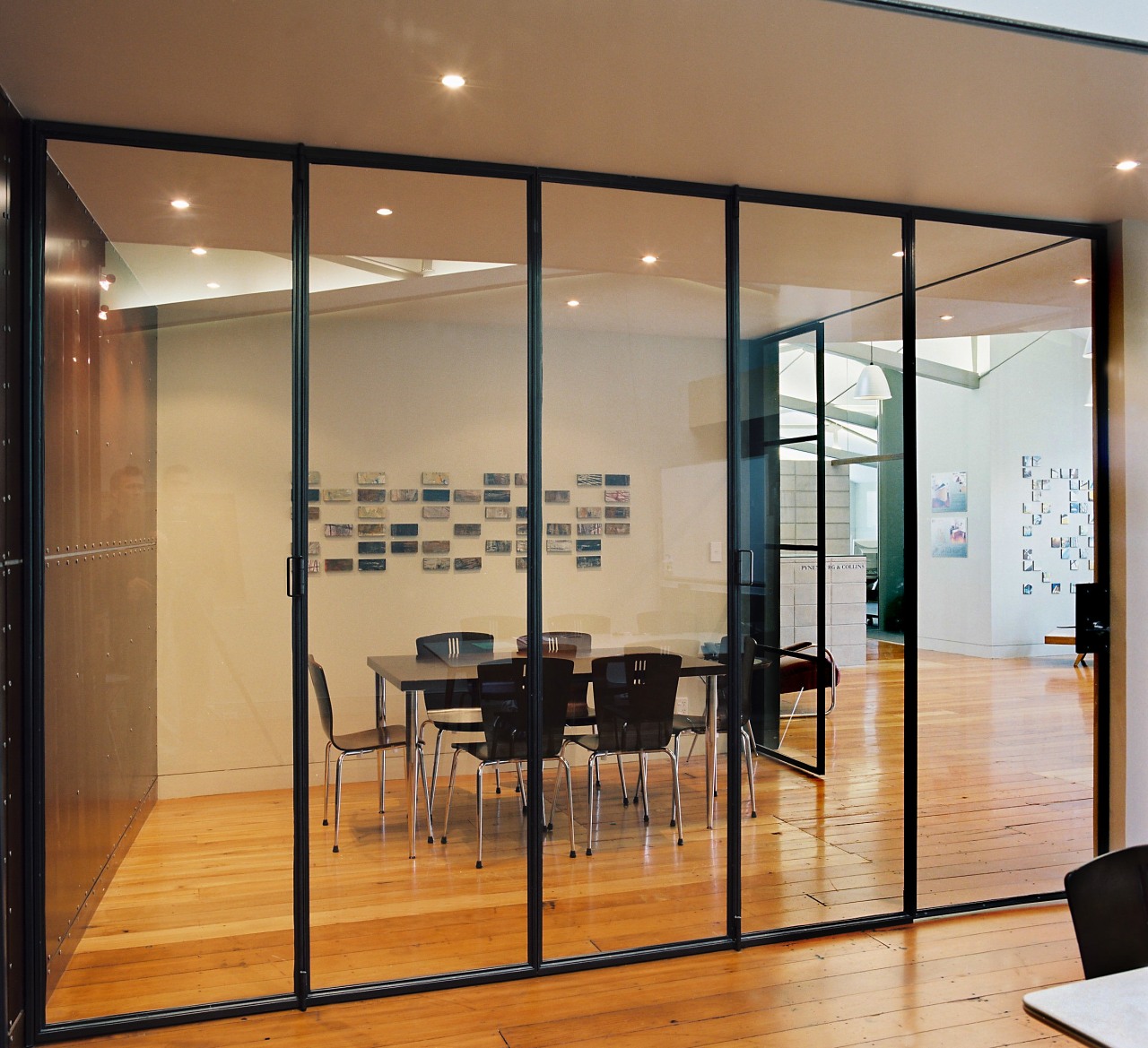
"By their very nature, offices are complex and they can get very messy and overwrought," he says. "We wanted to give the impression of something really simple, so that visitors could get a sense of the whole space and glimpses of a working office."
The architects gutted the offices, exposing the original tongue and groove rimu flooring and enlarging and painting the roof trusses, before installing new interior walls.
"To ensure that the space can be read as one, none of the elements go full height except for one oversized wall that acts as a central organising element, with the rest of the office spiralling around it," says Burns. "The wall draws the eye up and expresses the height of the space, as well as dividing the space. Voids in the wall allow space for the trusses to travel through and offer sight lines into the spaces beyond."
Rather than creating a formal reception area, the architects installed a simple box comprising concrete blocks and a light box top in the lobby, close enough for any member of staff to welcome visitors. Staff work in clusters around the office, close to the reception area and a hub with shared print facilities. Directors' offices are scattered throughout the space, allowing for privacy as well as relaxed interactions with staff. An informal area for casual meetings and relaxing was placed in the prime position, adjacent to the high windows overlooking the south view.
In keeping with the simple layout, materials are understated and natural, with clear finishes.
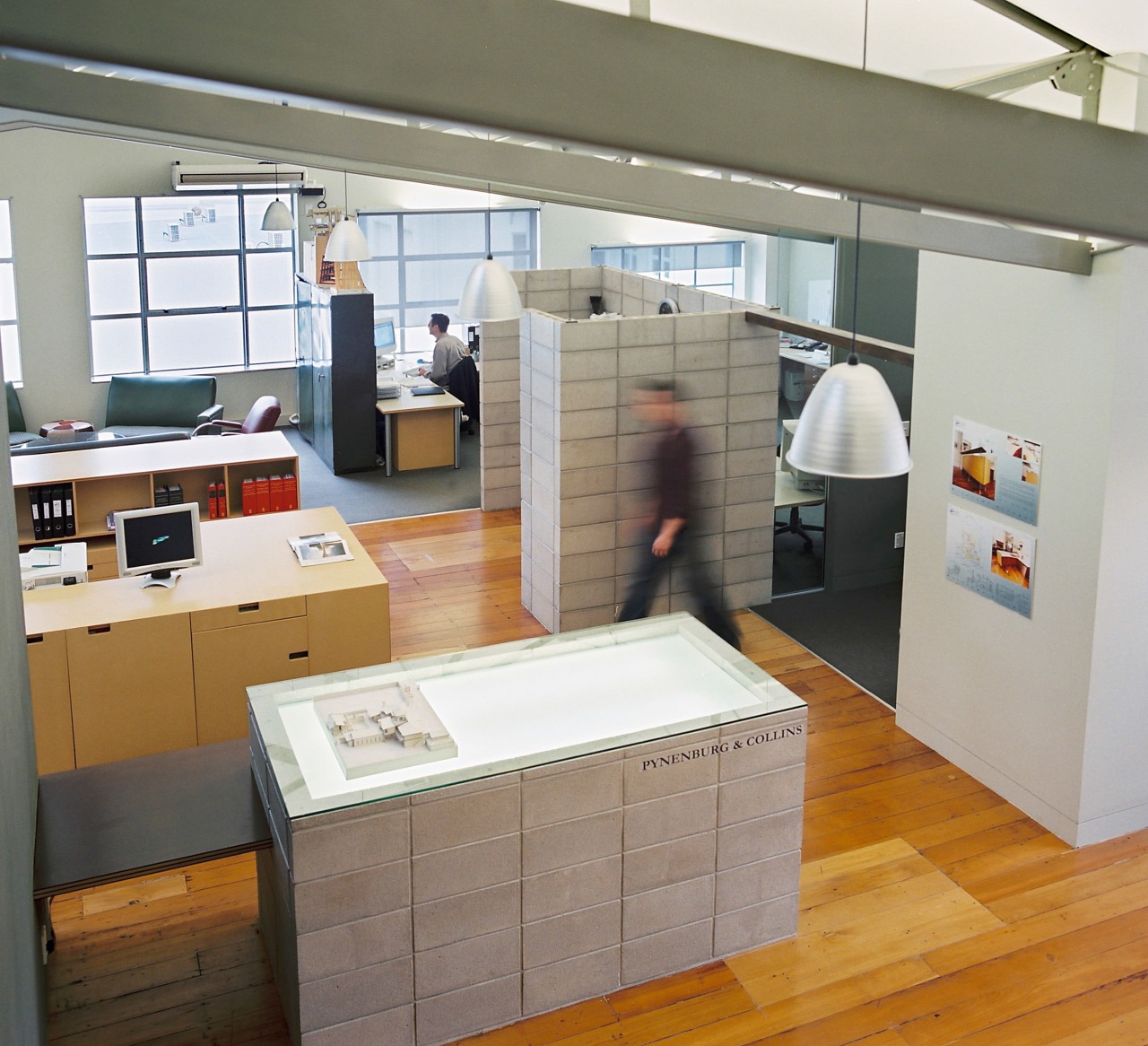
"We wanted a material palette that didn't draw attention to itself, so that the space functions as a simple container," says Burns. "At the same time, we wanted the space to be elegant and welcoming, so we've gone for a semi-industrial feel, with nothing too brutal."
The custom wood cabinetry designed to be read as stacked cardboard boxes has a clear finish, as does the concrete blockwork of the reception light box and concrete wall around the kitchen. Villaboard with a clear finish was chosen for the desk tops.
"Using Villaboard was an experiment, but it's worked well. The board is neutral-toned, with an interesting grain it is simple and does not dominate the space."
As well as reflecting the firm's design ethos, the fit-out reflects modern approaches to office design, says Burns. "We're seeing more flexibility, with spaces functioning in a number of different ways, and a sense of openness. There's a blurring of public and private spaces, although people still need an understanding of the separation," he says.
Credit list
Construction
Paints and varnishes
Reception furniture
Interior joinery and front door
Office furniture
Kitchen design
Story by: Alison Wall
Home kitchen bathroom commercial design
9 tile shapes and finishes that think outside the square
Reflection and repose
White cloud, blue sky

